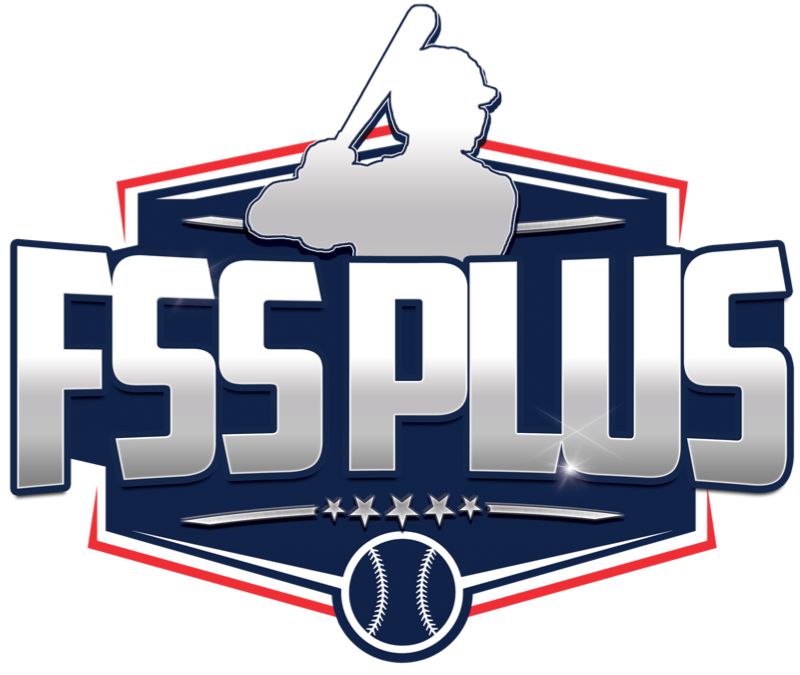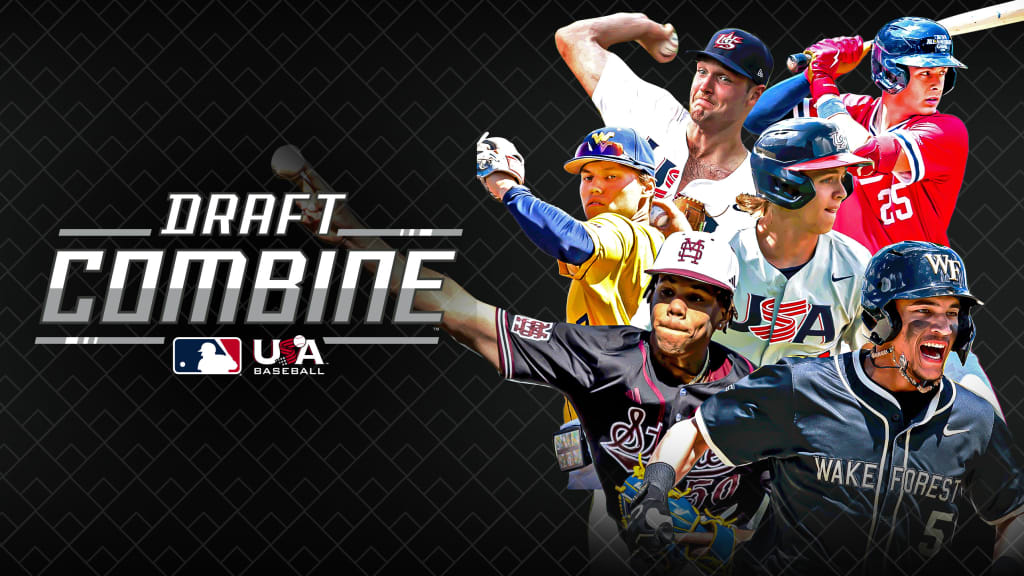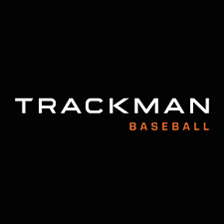Three hundred and nineteen. That's how many draft-eligible players were in Phoenix at the MLB Draft Combine. The purpose of the event is well known, and for the most part achieves its overarching goal. Day 1 is always a challenge for any event of this size but it went well, especially for all the moving parts.
There’s a particular point that kept popping up throughout both days, and it’s a big one. It’s the separator: Execution. Players, hear me now: scouts cannot stand bad baseball no matter the degree of emphasis on tools.
Raw power is useless without the ability to use it in games. Foot speed, without the ability to run the bases or track balls in play defensively makes the raw tool far less valuable. In that mindset, there were clearly some norms in the event that stand the test of time and absolutely come into play when drafting players.
- The average fastball is 93 mph. Call it technology, call it velocity training, but it’s up 1.5 mph from what was once the norm. That isn't news but quantified nightly for professional prospects.
- Raw Power to the Pull side is everywhere. Players, if this is your game, get in line with everyone else. It’s all over the place like it has been forever.
- Athleticism is a constant. The degree of athlete will give you options as players progress in the future.
- The window for the college player to arrive is shorter than ever. There are fewer minor league levels, and better tool development at school means they have to enter and move quickly.
- The window for high school players to arrive is about the same but with higher standards at each level. More high school players than ever (in the last 15 years) are considering signing, which is a good thing for the game as a whole.
- There's a definite formula to arrive in these positions, and it’s absolutely not what most families and players think it is. Truthfully, I’ve known this for some time, but some have been sold a different tune or somehow think it doesn’t apply to them. I’ll tell you this as plainly as I can: the players who progress and get clubs excited are the ones who check all the boxes in preparation for this moment. That’s just a fact, no matter how much some may want to deny it.
- Slow heartbeat. There were no insane celebrations, no taunting, no anything close to that. Everyone had the right demeanor and want, and it showed.
Here are the players that stood out to me in Phoenix:












